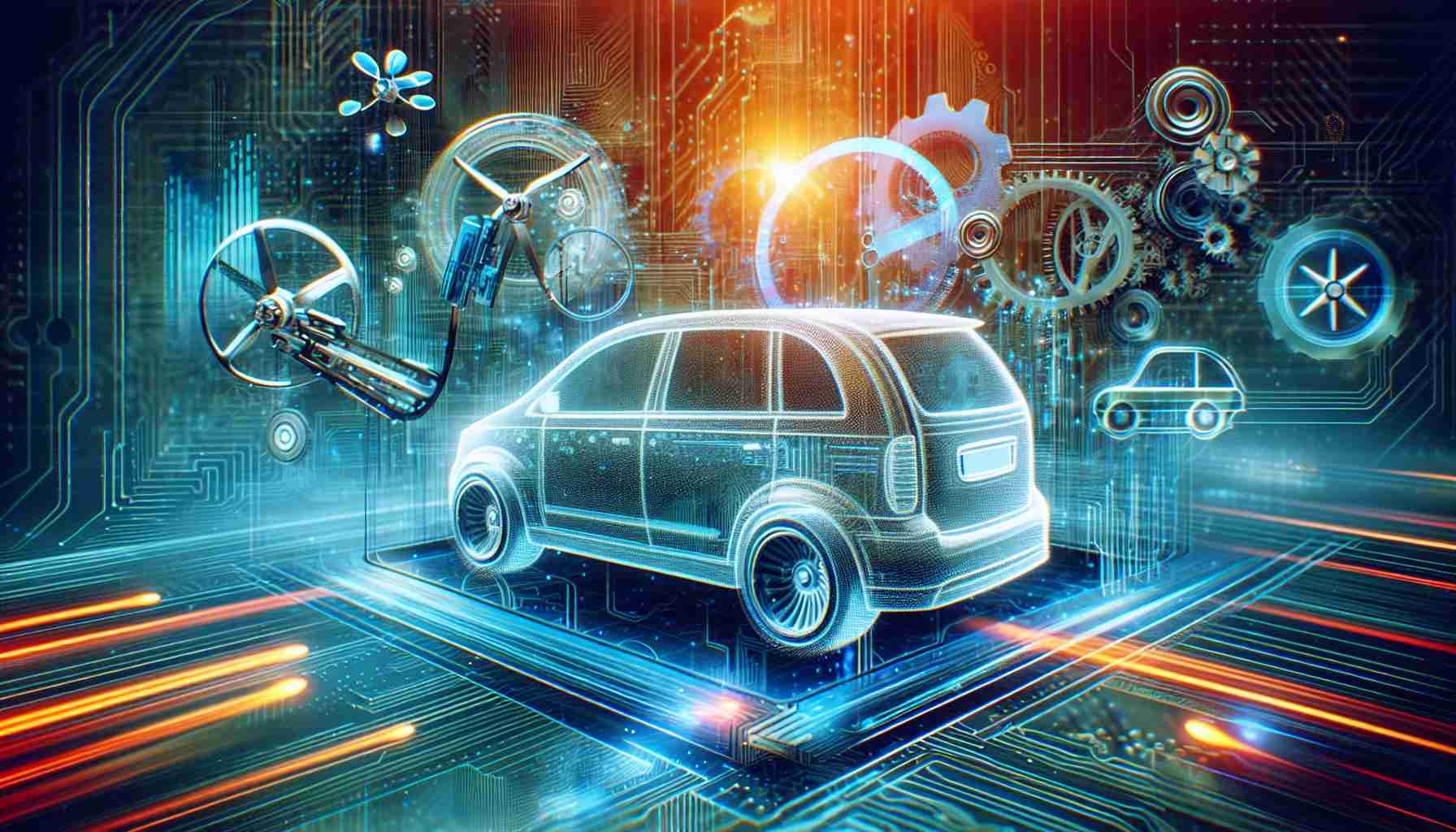The discussion surrounding generative artificial intelligence (AI) has intensified significantly over the years. Its origins can be traced back to the 18th century, when inventive minds first envisioned machines that could simulate human-like tasks. In particular, the Swiss watchmaker Pierre Jaquet-Droz constructed sophisticated automatons that could compose music and create drawings, laying the groundwork for future developments in AI technology.
Fast forward to the modern era, the impact of AI, particularly generative models, has transformed various industries. With applications ranging from finance and meteorology to healthcare, AI is proving its versatility and potential. For instance, innovations like AlphaFold revolutionized protein folding predictions, showcasing AI’s ability to solve complex scientific problems.
The world has witnessed the meteoric rise of conversational agents like ChatGPT, which caught even their creators off guard. Originally developed to showcase the capabilities of large language models, these technologies have often been conflated with the broader term “AI.” As companies like Google and Microsoft continue to vie for dominance in the field, public conversations tend to center around these high-profile developments, often overshadowing the myriad of other applications and implications of AI technology.
Manfred Spitzer’s insightful exploration of AI serves as a counterbalance to the sensational hype. His work delves into the historical context, current uses, and future trajectories of AI, seeking to demystify this transformative field while emphasizing its complexities and challenges.
Understanding the Evolution of Generative AI: A Comprehensive Overview
The journey of generative artificial intelligence (AI) has not only transformed scientific and creative fields but has also raised critical ethical and philosophical questions. As generative AI continues to evolve, understanding its depth and implications becomes increasingly vital.
Key Questions Surrounding Generative AI:
1. What is generative AI, and how does it work?
Generative AI refers to algorithms that create new content—such as text, images, music, or video—based on the data they have been trained on. These models, including generative adversarial networks (GANs) and variational autoencoders (VAEs), learn patterns and characteristics of the input data to generate similar but new samples.
2. What are the ethical implications?
Generative AI raises concerns regarding authorship and originality, leading to questions about copyright and intellectual property. Furthermore, the potential for misuse, such as creating realistic deepfakes or generating misleading information, poses a significant ethical challenge.
3. How does generative AI influence creativity?
By assisting and augmenting human creativity, generative AI can enhance artistic expression. However, it also prompts debates on whether tools can truly be creative or if they merely replicate existing styles and motifs.
Key Challenges and Controversies:
– Data Bias: Generative AI models are only as good as the data they are trained on. Biased training sets can lead to outputs that reflect those biases, raising concerns about fairness and representation.
– Intellectual Property Issues: As generative AI learns from existing works, determining the originality and ownership of AI-generated content remains contentious.
– Safety and Control: As these AI systems become more advanced, the risk of generating harmful or misleading content increases, necessitating stringent oversight and regulatory measures.
Advantages of Generative AI:
– Innovation in Content Creation: Generative AI can dramatically accelerate the production of content, opening up new avenues in art, design, and entertainment.
– Enhanced Problem Solving: In fields like drug discovery and material science, generative models can propose novel solutions by simulating countless possibilities.
– Personalization: Generative AI allows for highly personalized experiences, from tailored marketing to customized learning approaches, greatly enhancing user engagement.
Disadvantages of Generative AI:
– Potential for Job Displacement: As generative AI systems automate creative tasks, there is a risk of job losses in industries reliant on human creativity, such as journalism and content creation.
– Quality Control: The output of generative AI models may lack the nuanced understanding and critical insight that human creators can provide, leading to questions about quality and utility.
– Environmental Concerns: Training large-scale AI models often involves significant computational resources, leading to a substantial carbon footprint and increased environmental impact.
In conclusion, as generative AI technology continues to progress, it is crucial to navigate its complexities with a thoughtful and informed approach. Balancing innovation with ethical considerations will be essential in harnessing the full potential of generative AI for societal benefit.
For more in-depth discussions on AI advancements, visit MIT Technology Review and University of Oxford.






















